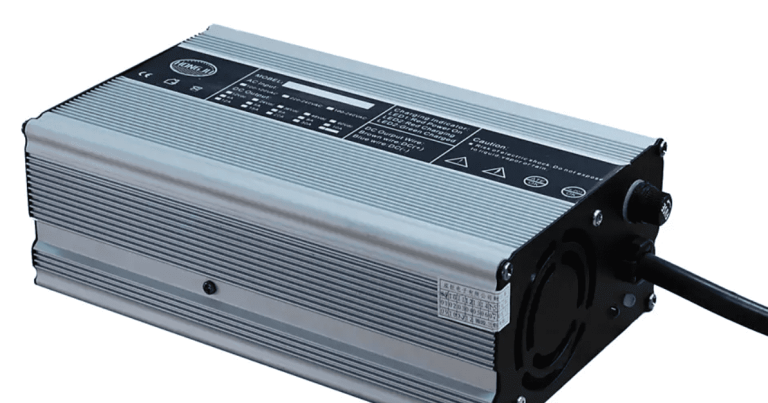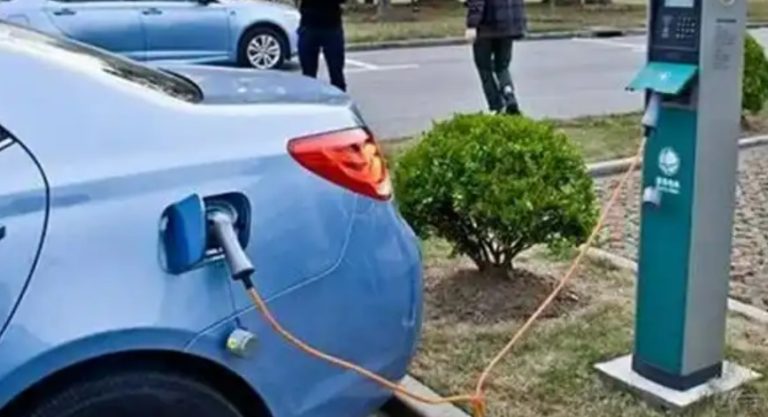Can you charge 2 evs at home
Yes, you can charge two electric vehicles (EVs) at home, but several conditions must be met to ensure safety, efficiency, and compatibility with your electrical system. Charging two EVs simultaneously is feasible, yet it requires careful planning regarding equipment, electrical capacity, and operational practices. Below is a detailed explanation of the key considerations and methods to achieve this safely.

Charging Equipment Requirements
The charging apparatus needs to be multi-vehicle compatible in order to charge two EVs at home. There are specific options for dual charging, even though standard EV chargers are made for single-vehicle use. Dual-port charging stations, for example, have two connectors and can charge two cars simultaneously. In order to prevent circuit overload, these stations frequently have power management systems that divide the available electricity between the two cars. It is essential to choose a charger whose overall power output does not surpass the electrical system’s capacity in your house.If using standard outlets instead of a dedicated charging station, each outlet must be on an independent circuit. A dedicated circuit should include a 4 mm² copper wire and a 25A circuit breaker for safety. Additionally, using smart outlets with overload protection, such as those from the Huawei HiLink series, can enhance safety by monitoring power usage and automatically cutting off electricity in case of anomalies.
Electrical Circuit Safety
One important consideration is the electrical system’s capacity. The typical 220V/16A circuit found in most homes can handle up to 3.52 kW of power. The typical capacity of an EV charger is between 3.3 and 7 kW. The combined power demand of two 7 kW chargers would be 14 kW, which is significantly more than what a typical circuit can handle. Circuit breakers may trip, wiring may be harmed, or even electrical fires may result from this. You might need to upgrade your electrical infrastructure to accommodate higher power demands, like two 7 kW chargers. To manage the load, thicker wiring, like 6 mm² copper wires, and a 32A circuit breaker must be installed.The cost of such an upgrade typically ranges from $100 to $200, depending on local labor and material prices. Consulting a licensed electrician is essential to assess your home’s electrical capacity and perform any necessary modifications safely.
Operational Precautions
When charging two EVs, safety precautions must be taken. First, since extension cords can overheat and cause fires, don’t use them, especially when traveling long distances. This is commonly known as “fly-line charging” and ought to be outlawed completely. Second, to avoid overloading, avoid plugging high-power appliances like ovens or air conditioners into the same outlet. Furthermore, charging ought to be carried out in a dry, well-ventilated space, away from combustible objects. To avoid electrical shorts, it is best to avoid charging outside without appropriate weather protection, particularly in the event of rain. Stop right away and check for problems if the outlet or the charging port of the car reaches a temperature higher than 60°C while charging.Using manufacturer-recommended chargers for each vehicle is also advised to prevent compatibility problems and protect battery health.
Alternative Solutions
There are other options if your house is unable to accommodate two EVs charging at the same time. Staggered charging is one option, in which cars are charged at various intervals. Smart chargers that utilize off-peak electricity rates can automate this, cutting expenses and lessening the load on the electrical system. Vehicle-to-vehicle charging, in which an EV with a higher battery level uses the proper cables and connectors to charge another EV, is another short-term fix. To prevent damage, this approach necessitates rigorous adherence to safety regulations, such as proper polarity connections. Applying for an electricity meter designed especially for EV charging is advised for a more long-term fix. Higher power delivery, like 7 kW fast charging, is made possible without compromising the primary household supply.
Conclusion
In conclusion, with the correct tools, electrical upgrades, and safety precautions, it is possible to charge two EVs at home. Dual charging can be made safe and effective by upgrading your electrical circuit, purchasing a dual-port charging station, and adhering to operating instructions. Alternatives like dedicated meters or staggered charging provide useful workarounds for people with limitations. To make sure your setup is secure and complies with local laws, always get advice from a qualified electrician. Homeowners can maximize efficiency and safety while conveniently charging multiple EVs with careful planning.






































































































































